Women envoys expand ranks to seven
Dearth of women ambassadors here parallels absence of women at Ministry of Foreign Affairs.
By Korea HeraldPublished : Nov. 24, 2013 - 19:51
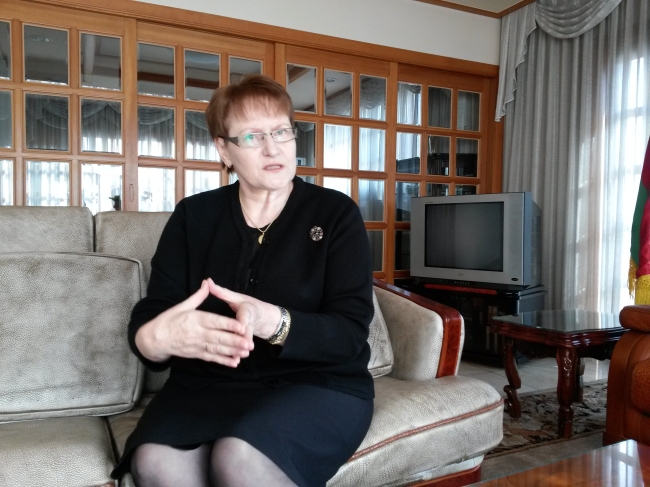
If there was any doubt that the foreign diplomatic community in South Korea was a man’s world, one need look no further than its tiny coterie of women ambassadors.
With the arrival of new envoys from Ireland, Malaysia, Austria and Bolivia this year, there are now an unprecedented number of female foreign envoys here ― seven, two of whom presented their letters of credence to President Park Geun-hye at Cheong Wa Dae on Friday.
Compared to the total of 100-plus foreign ambassadors posted in South Korea, seven still seems small.
When Belarusian Ambassador to South Korea Natallia I. Zhylevich arrived in late 2011, the number of top-level women envoys was smaller still. So, one of the first things she did was to initiate informal meet ups between the women.
“(November 2011) was the first time we met, and we did not meet regularly,” Zhylevich said during an interview with The Korea Herald. “We began to meet more regularly in 2013. The last time was in September as a way to bid farewell to (Ghanaian Ambassador Margaret Clarke-Kwesie).”
The seven women envoys in South Korea represent Bolivia, the Dominican Republic, Uruguay, Austria, Ireland, Belarus and Malaysia.
The dearth of women ambassadors in the foreign diplomatic community here parallels the absence of women at the highest levels of Korea’s Ministry of Foreign Affairs.
Just five of the 294 officials at the ministry ranked director-general or higher are women. That means that less than 2 percent of the nation’s high-level diplomatic officers are female. Twenty of the approximately 280 deputy director-level officers, or 7 percent, are women.
There is currently not a single woman ambassador representing South Korea at any of its 118 overseas embassies. There was one female voice representing South Korea overseas ― in Paraguay ― but Ambassador Park Dong-won finished her posting this year and returned to Seoul.
The fact that there are so few ambassador-level women diplomats in South Korea, whether in the foreign diplomatic community or inside the Foreign Ministry, could go far in explaining why Zhylevich initiated an informal grouping of foreign female envoys.
Zhylevich said that including a woman’s perspective at an overseas mission is helpful because “we ladies sometimes see the situation in the country from a slightly different perspective. It is good to share different points of view.”
“It is true, probably we women employ a leadership style that is different from men,” she added.
Women are more attentive to detail and can be more insightful than their male colleagues, she said. They can be more persuasive, too, she added, by presenting arguments that leave room for flexibility.
“This does not mean we are better diplomats but just that our leadership style is different,” she said.
Zhylevich said that when she initiated the first meeting of female foreign envoys in November 2011, the main purpose of the informal grouping was to “just talk and share ideas.”
“Sometimes we talk the way many women do, about cooking, children and families. Some times we compare notes. This is my personal opinion, but sometimes you need to unbutton your uniform,” she said. “But we are always conscientious of the fact that we are representing our respective nations, even when we are meeting casually for a cup of coffee.”
The group, led by Uruguayan Ambassador to South Korea Alba Florio Legnani, who is the senior envoy among the seven women, met on Friday at a local eatery.
Austrian Ambassador to South Korea Elisabeth Bertagnoli and Irish Ambassador Aingeal O’Donoghue presented their credentials to President Park at Cheong Wa Dae on Friday.
South Korea posted its first woman ambassador in 1996, Lee In-ho, a Russian expert who served two-year postings earch in Finland and Russia. Since that seminal moment for professional female foreign service officers 17 years ago, it appears that women’s representation at the ambassadorial level has not progressed.
While 683 of the 2,117 foreign service officers at the ministry are women, more than 30 percent, most entered recently and are low-ranking diplomats. About 90 of the approximately 1,200 diplomats assigned to South Korean overseas missions were women, according to a 2009 Chosun Ilbo media report.
Perhaps Zhylevich’s informal diplomatic women’s group could expand their number from seven to 12, since all of the five director-general ranked female foreign service officers are currently serving posts in South Korea.
By Philip Iglauer (ephilip2011@heraldcorp.com)
With the arrival of new envoys from Ireland, Malaysia, Austria and Bolivia this year, there are now an unprecedented number of female foreign envoys here ― seven, two of whom presented their letters of credence to President Park Geun-hye at Cheong Wa Dae on Friday.
Compared to the total of 100-plus foreign ambassadors posted in South Korea, seven still seems small.
When Belarusian Ambassador to South Korea Natallia I. Zhylevich arrived in late 2011, the number of top-level women envoys was smaller still. So, one of the first things she did was to initiate informal meet ups between the women.
“(November 2011) was the first time we met, and we did not meet regularly,” Zhylevich said during an interview with The Korea Herald. “We began to meet more regularly in 2013. The last time was in September as a way to bid farewell to (Ghanaian Ambassador Margaret Clarke-Kwesie).”
The seven women envoys in South Korea represent Bolivia, the Dominican Republic, Uruguay, Austria, Ireland, Belarus and Malaysia.
The dearth of women ambassadors in the foreign diplomatic community here parallels the absence of women at the highest levels of Korea’s Ministry of Foreign Affairs.
Just five of the 294 officials at the ministry ranked director-general or higher are women. That means that less than 2 percent of the nation’s high-level diplomatic officers are female. Twenty of the approximately 280 deputy director-level officers, or 7 percent, are women.
There is currently not a single woman ambassador representing South Korea at any of its 118 overseas embassies. There was one female voice representing South Korea overseas ― in Paraguay ― but Ambassador Park Dong-won finished her posting this year and returned to Seoul.
The fact that there are so few ambassador-level women diplomats in South Korea, whether in the foreign diplomatic community or inside the Foreign Ministry, could go far in explaining why Zhylevich initiated an informal grouping of foreign female envoys.
Zhylevich said that including a woman’s perspective at an overseas mission is helpful because “we ladies sometimes see the situation in the country from a slightly different perspective. It is good to share different points of view.”
“It is true, probably we women employ a leadership style that is different from men,” she added.
Women are more attentive to detail and can be more insightful than their male colleagues, she said. They can be more persuasive, too, she added, by presenting arguments that leave room for flexibility.
“This does not mean we are better diplomats but just that our leadership style is different,” she said.
Zhylevich said that when she initiated the first meeting of female foreign envoys in November 2011, the main purpose of the informal grouping was to “just talk and share ideas.”
“Sometimes we talk the way many women do, about cooking, children and families. Some times we compare notes. This is my personal opinion, but sometimes you need to unbutton your uniform,” she said. “But we are always conscientious of the fact that we are representing our respective nations, even when we are meeting casually for a cup of coffee.”
The group, led by Uruguayan Ambassador to South Korea Alba Florio Legnani, who is the senior envoy among the seven women, met on Friday at a local eatery.
Austrian Ambassador to South Korea Elisabeth Bertagnoli and Irish Ambassador Aingeal O’Donoghue presented their credentials to President Park at Cheong Wa Dae on Friday.
South Korea posted its first woman ambassador in 1996, Lee In-ho, a Russian expert who served two-year postings earch in Finland and Russia. Since that seminal moment for professional female foreign service officers 17 years ago, it appears that women’s representation at the ambassadorial level has not progressed.
While 683 of the 2,117 foreign service officers at the ministry are women, more than 30 percent, most entered recently and are low-ranking diplomats. About 90 of the approximately 1,200 diplomats assigned to South Korean overseas missions were women, according to a 2009 Chosun Ilbo media report.
Perhaps Zhylevich’s informal diplomatic women’s group could expand their number from seven to 12, since all of the five director-general ranked female foreign service officers are currently serving posts in South Korea.
By Philip Iglauer (ephilip2011@heraldcorp.com)
-
Articles by Korea Herald


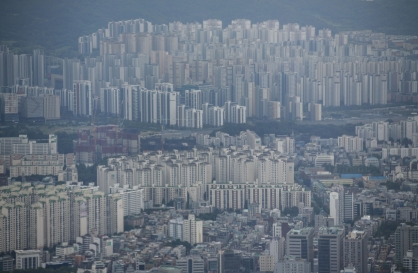
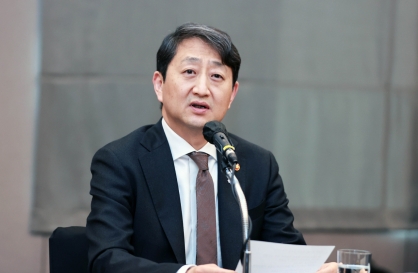
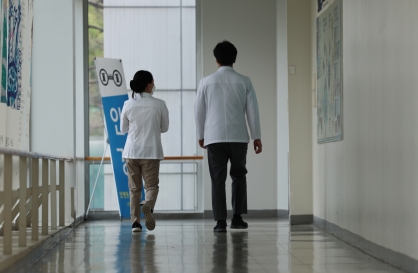
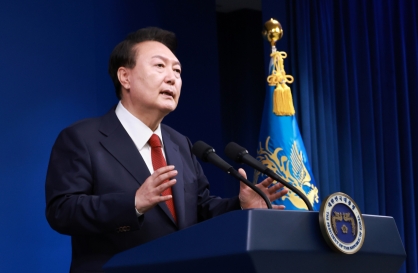
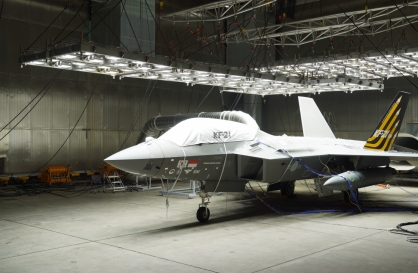
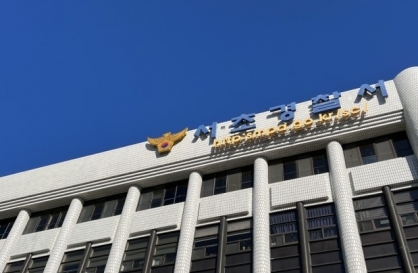
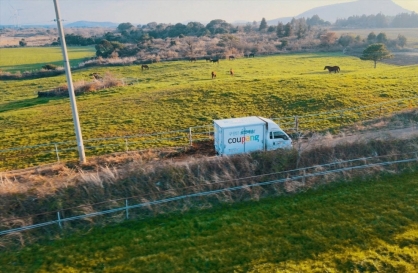

![[K-pop’s dilemma] Time, profit pressures work against originality](http://res.heraldm.com/phpwas/restmb_idxmake.php?idx=644&simg=/content/image/2024/05/08/20240508050705_0.jpg&u=20240508171126)
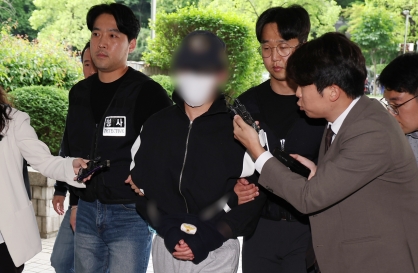



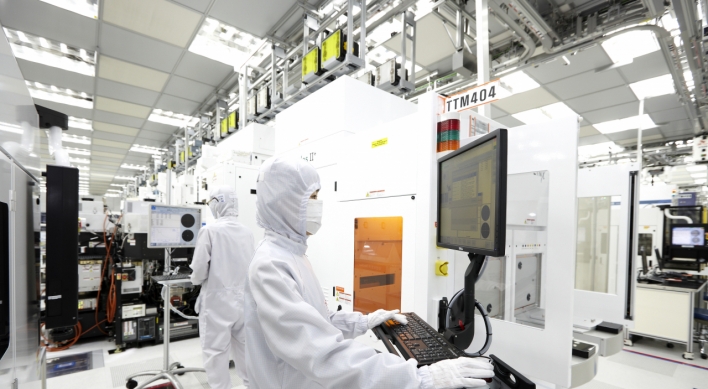
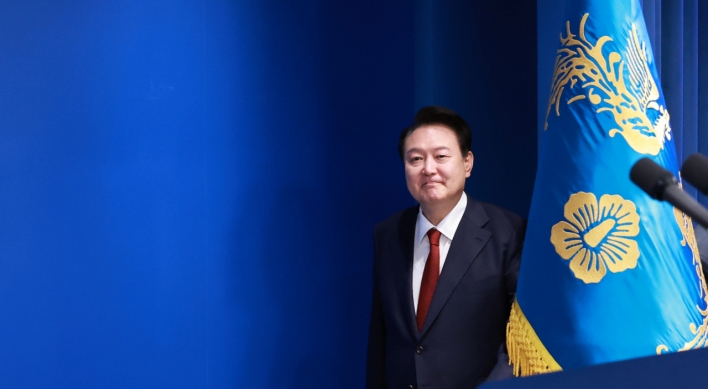
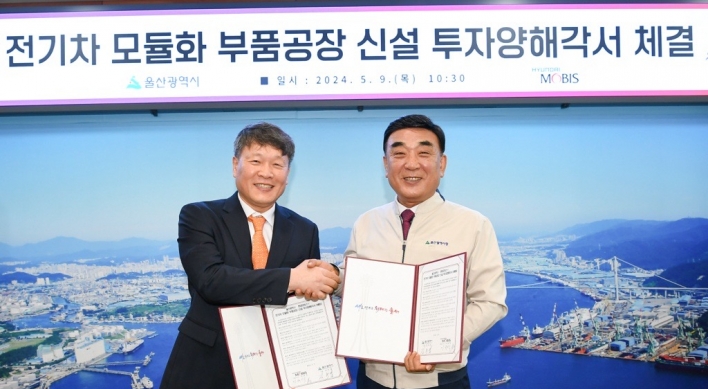
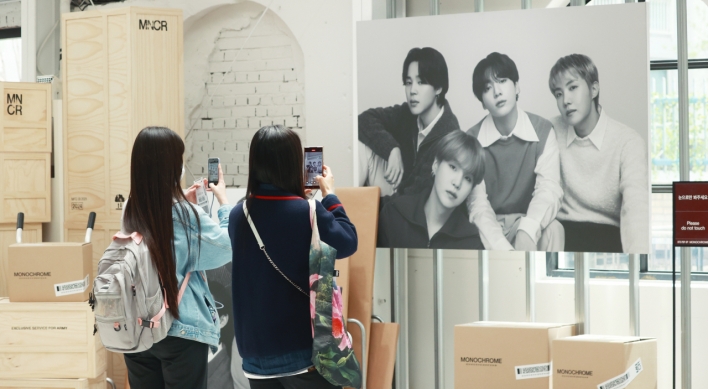
![[Today’s K-pop] Stray Kids to drop new album in July: report](http://res.heraldm.com/phpwas/restmb_idxmake.php?idx=642&simg=/content/image/2024/05/09/20240509050659_0.jpg&u=)